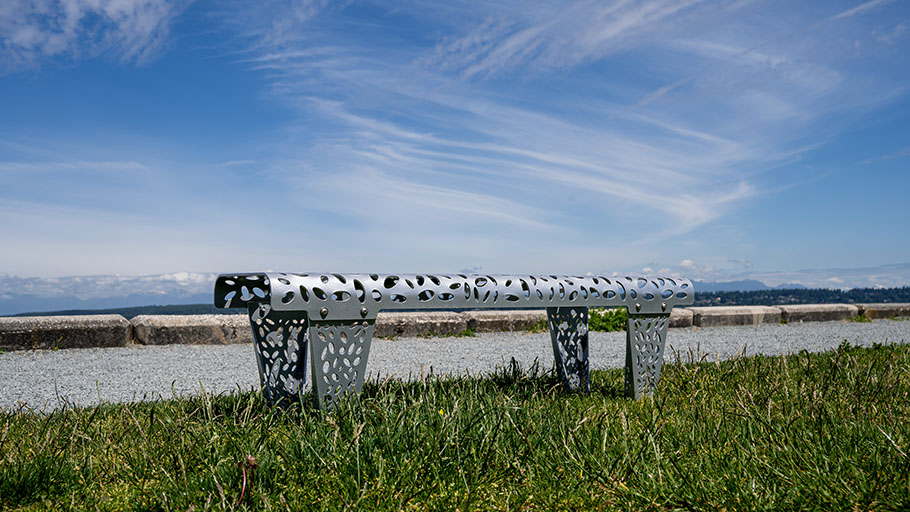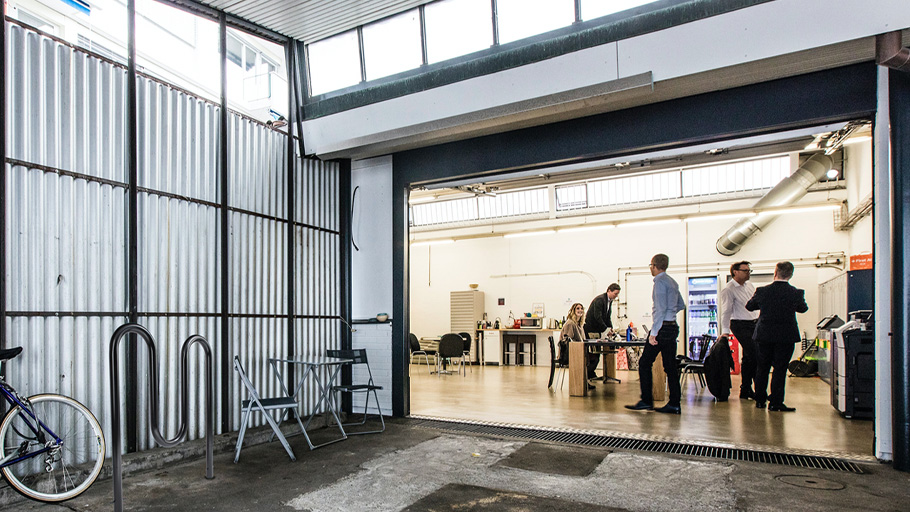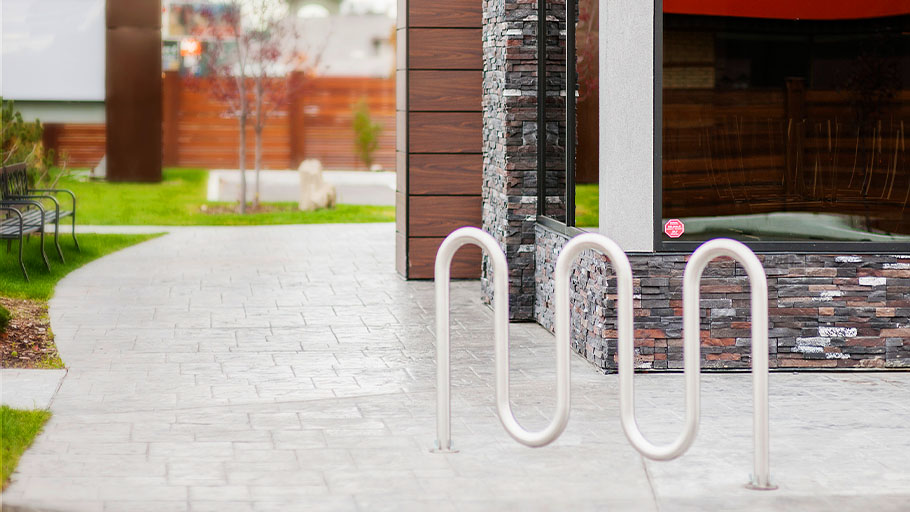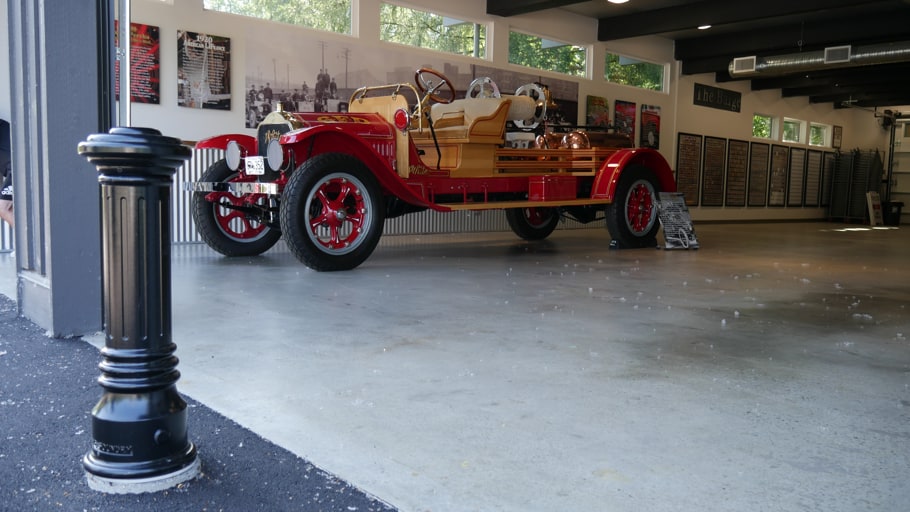Innovations in Wheels and Casters
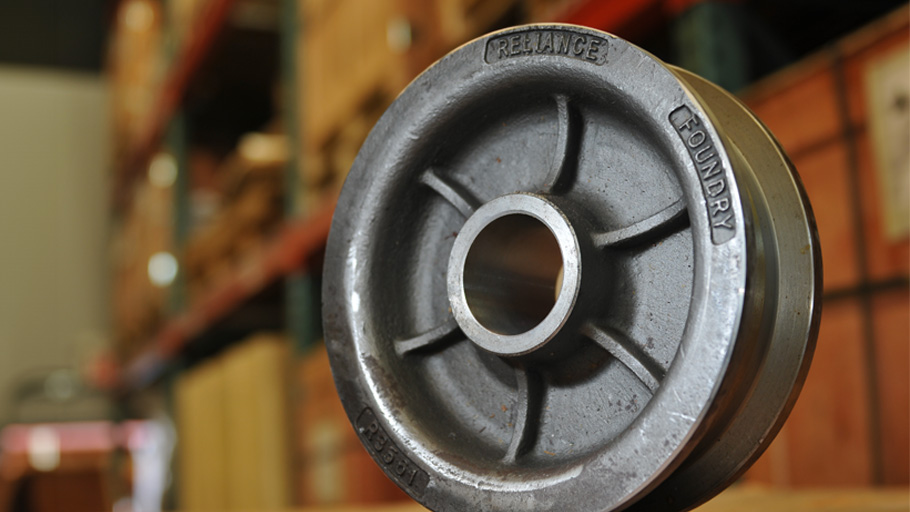
From the earliest civilizations to today’s high-speed, efficiency-driven world, wheels and casters have played a pivotal role in human development. From simple wooden creations to high-tech innovations, these seemingly simple devices have enabled the movement of goods and machinery, facilitating advancements in various industries. Today, innovation in wheel and caster design is more critical than ever, with modern industries demanding higher durability and flexibility. This post explores key innovations in wheels and casters, highlighting their transformative impact across sectors.

The Evolution of Wheels and Casters
The history of industrial wheels can be traced back thousands of years. The invention of the wheel was a monumental leap in human technological advancement. Early civilizations, such as the Mesopotamians and Egyptians, quickly recognized the potential of the wheel and began using it for transportation purposes.
Initially, wheels were made from solid pieces of wood and were attached to axles to create carts and chariots. These early wooden wheels were simple in design but marked a significant milestone in human history. With the introduction of wheels, the transportation of goods and people became much easier, enabling the expansion of trade and the development of ancient civilizations.
As civilizations progressed, so did the technology surrounding industrial wheels. One significant development was the use of cast iron for wheel production during the industrial revolution. The discovery of iron ore and advancements in metallurgy allowed for the mass production of cast iron wheels, which revolutionized the efficiency and productivity of factories and mills.
Cast iron wheels brought several advantages over wooden ones. They were more durable, capable of withstanding heavier loads, and required less maintenance. This breakthrough in wheel technology paved the way for the rapid industrialization of many countries, as factories could now operate at greater capacities, leading to increased production and economic growth.

Innovations in Materials
In recent years, there have been remarkable advancements in wheel design and technology, driven by the need for more efficient and versatile industrial wheels. The introduction of new materials, such as rubber, composite metals, and steel, has greatly enhanced the capabilities of wheels in various applications.
Rubber wheels, for example, provide excellent traction and shock absorption. This makes them ideal for use in vehicles, such as forklifts and trucks, as they offer improved maneuverability and a smoother ride. Composite metals offer the strength and durability of traditional metals while being lighter in weight, and steel cart wheels provide optimal strength for heavy loads compared to cast iron, while offering more elasticity. These advanced materials have expanded the possibilities of wheel design, allowing for the creation of more specialized and high-performance wheels.
Industrial Wheel Manufacturing Processes
The manufacturing process of industrial wheels has also undergone significant advancements over time. Traditional methods involved casting or forging wheels from metal, which required skilled craftsmen and lengthy production times. However, with the advent of modern manufacturing techniques, such as injection molding and CNC machining, the production of industrial wheels has become faster, more precise, and cost-effective.
Injection molding, for instance, is widely used for producing rubber wheels. This process involves injecting molten rubber into a mold, allowing for the creation of complex wheel designs with consistent quality. CNC machining, on the other hand, is commonly used for manufacturing wheels from metals and composites. This computer-controlled process enables the precise shaping and finishing of wheel components, resulting in high-performance and durable wheels.

Common Applications of Industrial Wheels
Industrial wheels find applications in a wide range of industries, each with specific requirements and demands. Some common applications include:
- Material handling: Industrial wheels are used in forklifts, trolleys, and carts to transport goods within warehouses and factories.
- Construction: Wheels are essential in construction equipment, such as cranes and bulldozers, for moving heavy materials and machinery on job sites.
- Manufacturing: Wheels are used in conveyor systems and assembly lines to facilitate the movement of products during the manufacturing process.
- Transportation: Industrial wheels are found in trucks, trailers, and trains, enabling the transportation of goods over long distances.
- Agriculture: Wheels are crucial in agricultural machinery, such as tractors and harvesters, for efficient farming operations.
Impact Across Industries
Advancements in wheel and caster technology have had a profound impact across a range of industries, each benefiting in unique ways from these innovations.
In the healthcare sector, the improvement of mobility for medical equipment and patient transport systems marks a significant leap forward. Innovations in wheels and casters have not only enhanced the maneuverability and ease of use of these critical tools but have also introduced materials that offer superior hygiene and infection control. This is particularly vital in a healthcare setting, where cleanliness and the prevention of cross-contamination are paramount.
The manufacturing and warehousing industries have seen a substantial boost in efficiency and safety through the adoption of advanced wheel technologies. A noteworthy development is the increased deployment of Automated Guided Vehicles (AGVs), which rely heavily on sophisticated wheel designs for their operation. These technologies facilitate smoother and more reliable material handling and logistics operations, directly contributing to productivity and workplace safety.
Urban mobility, too, benefits from the evolution of wheel design. Innovations in this area have been crucial for enhancing the usability and efficiency of personal mobility devices, making urban navigation smoother and more accessible. Additionally, the durability and performance of wheels are integral to the reliability of public transportation systems, affecting the overall quality and sustainability of urban transit solutions.

As we’ve explored the journey of wheels and casters from their rudimentary beginnings to the sophisticated and diverse designs of today, it’s clear that these innovations are not just about improving functionality or enhancing performance. They represent a broader narrative of human progress and our relentless pursuit of efficiency, safety, and sustainability in every sphere of life.
The evolution of wheel and caster technology stands as a testament to our capacity for ingenuity, demonstrating that even the simplest of inventions can transform the world in profound ways. As we roll into the future, the possibilities are boundless. The ongoing advancements in materials science, manufacturing processes, and design principles promise to unlock even greater potentials for wheels and casters, impacting industries from healthcare to urban mobility in ways we are just beginning to imagine.




